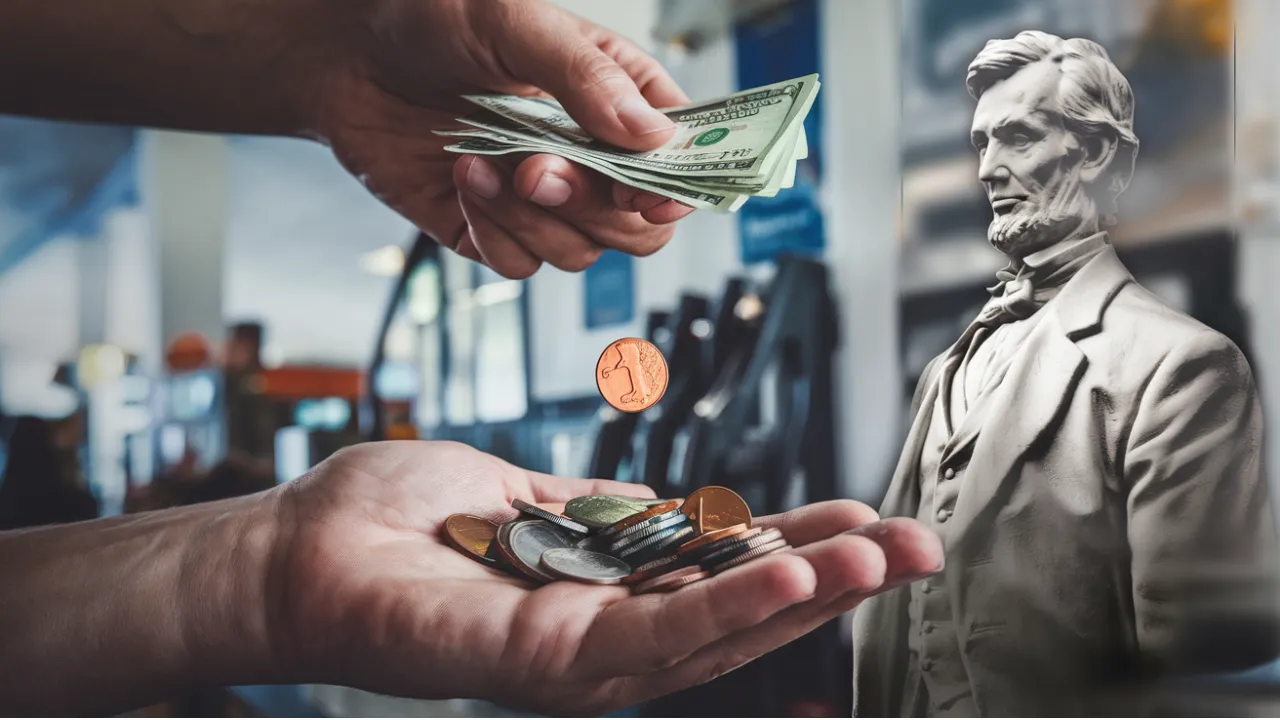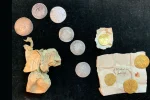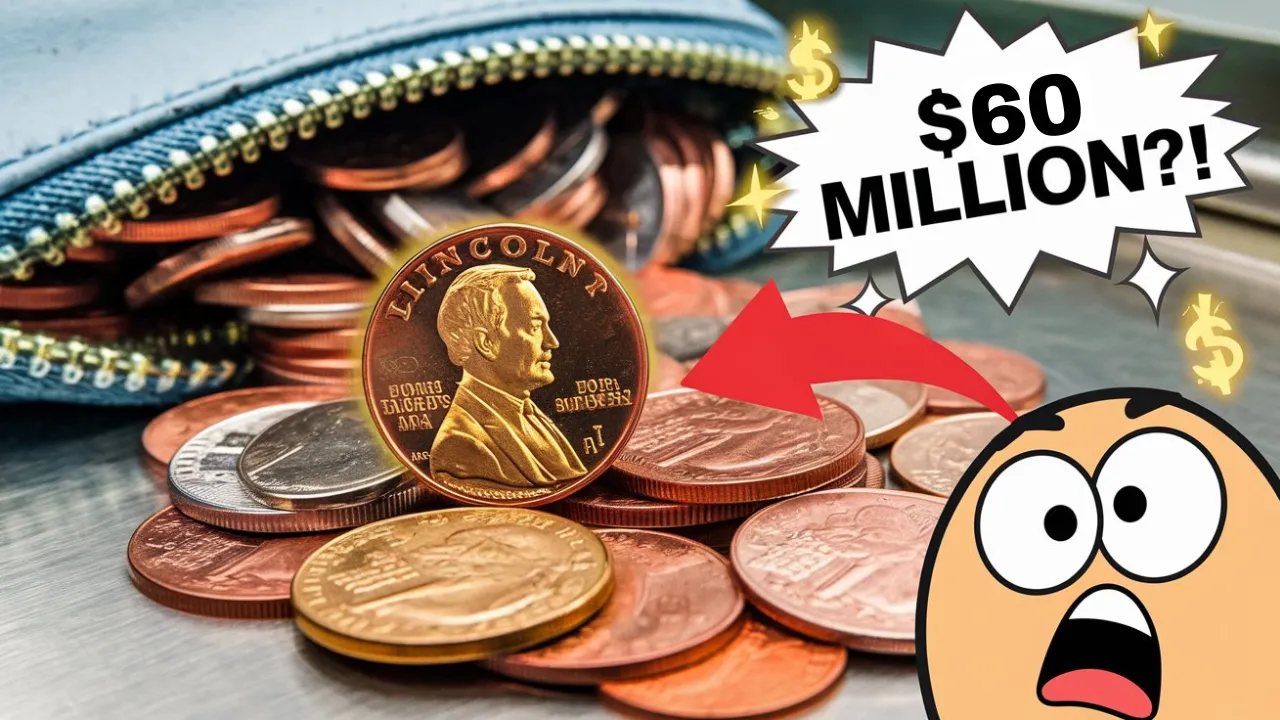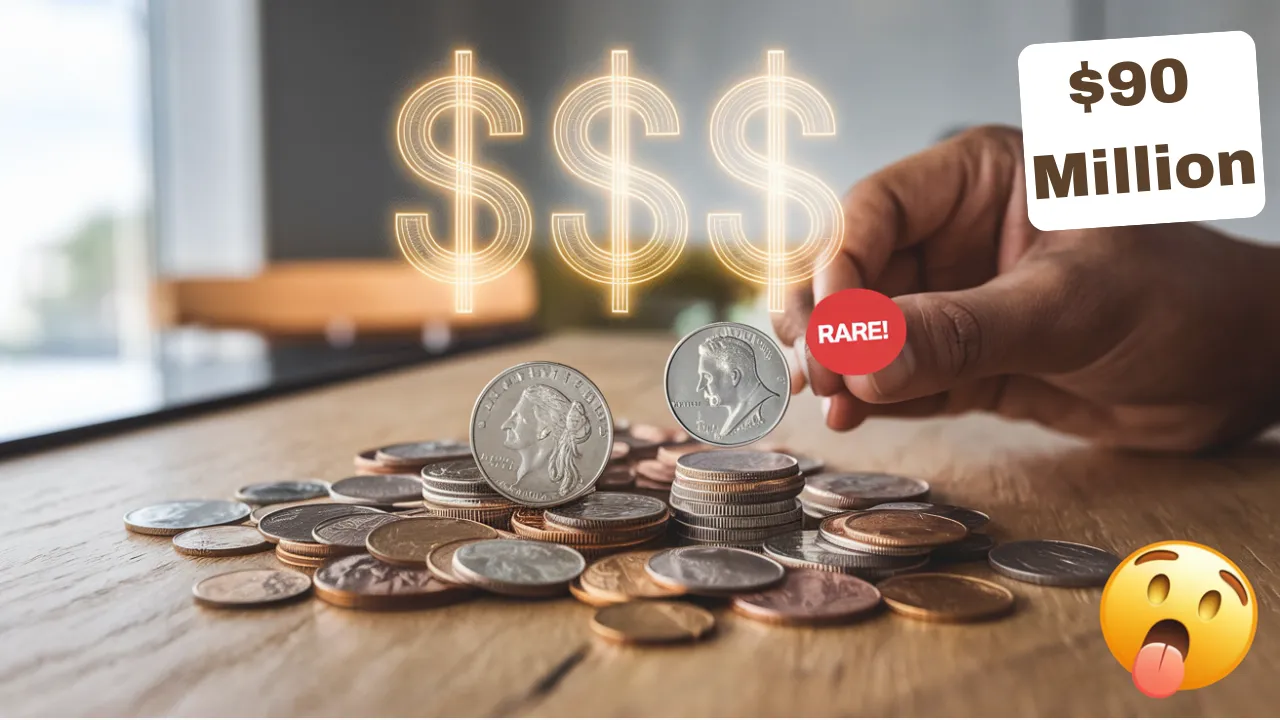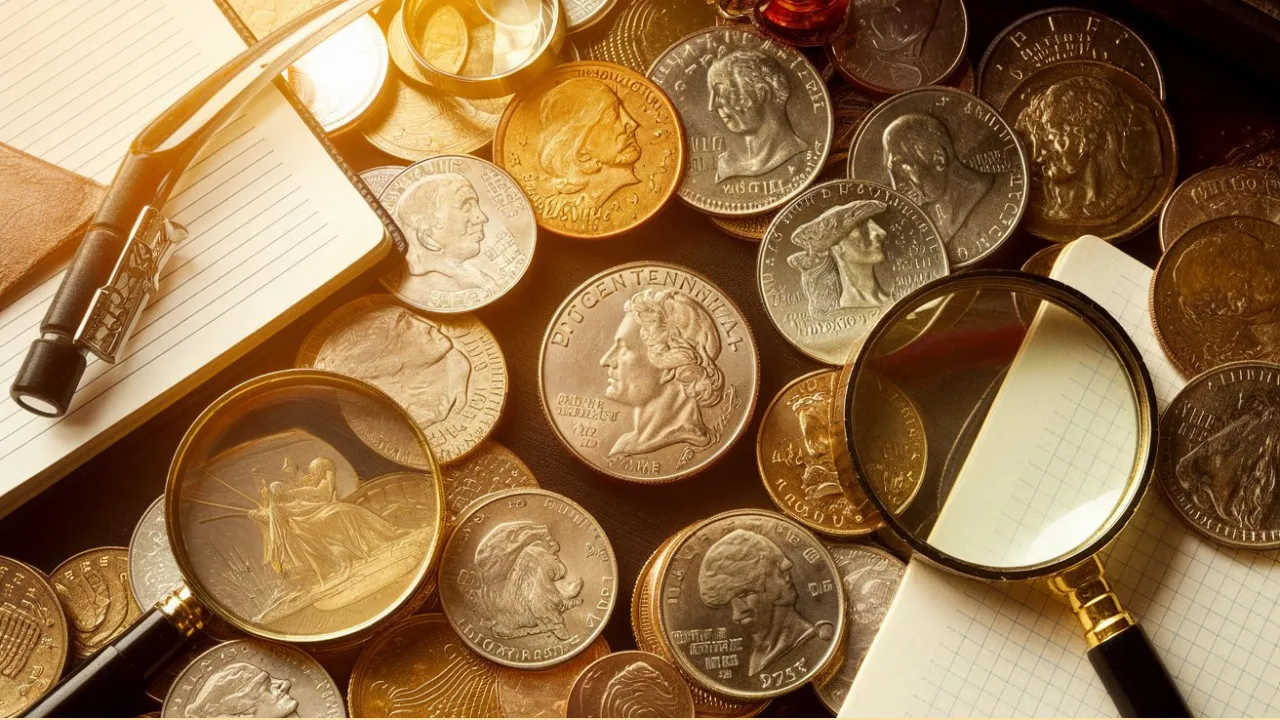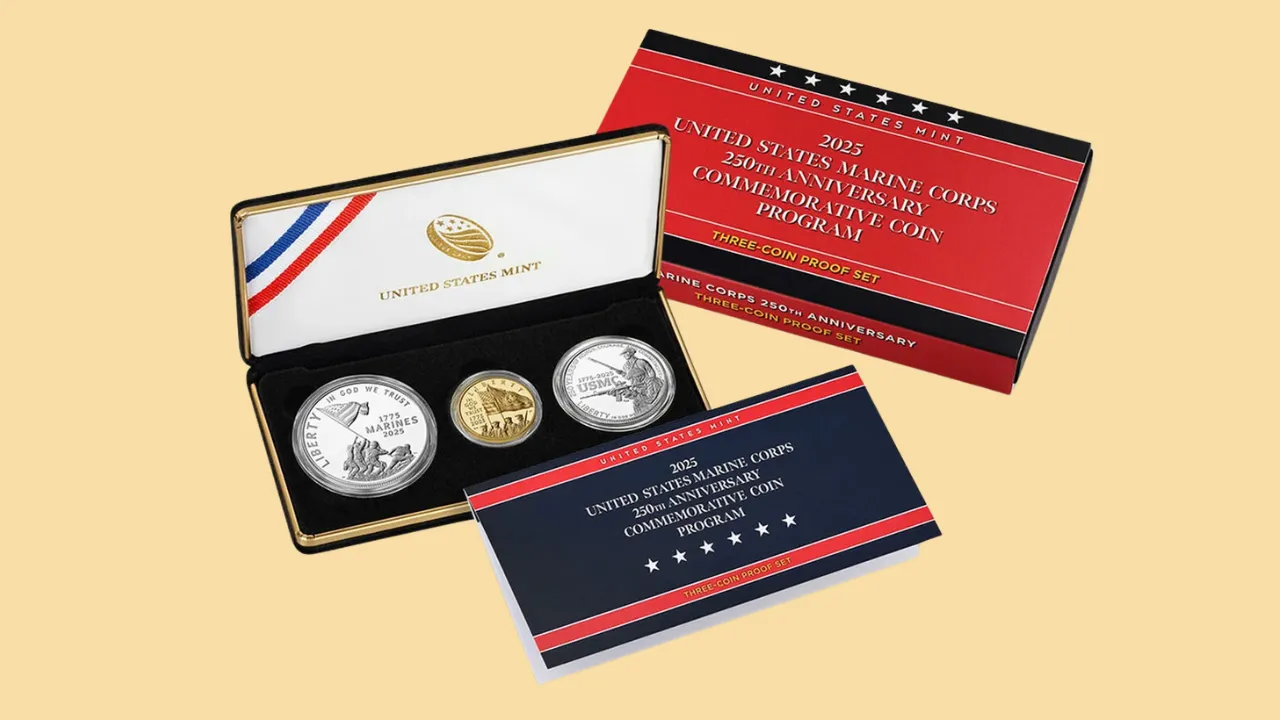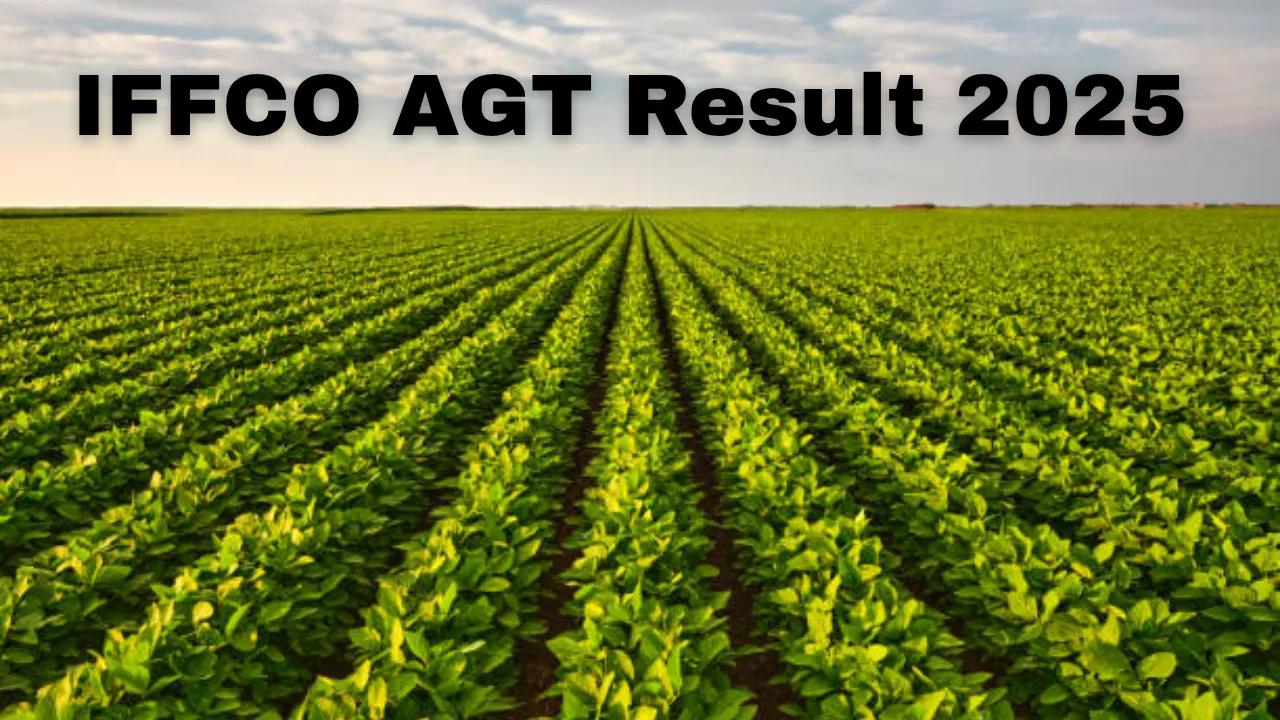The Lincoln Wheat Penny Valued at $991K, Still in Circulation: In a time when pennies are often dismissed as insignificant change, one tiny coin is making big headlines. A particular Lincoln Wheat Penny has been valued at an astonishing $991,000, turning heads in the numismatic world and beyond. For many, the idea that such a valuable treasure could still be hidden in circulation feels almost unreal—but it’s entirely possible.
The Lincoln Wheat Penny value can vary dramatically based on specific details like the mint year, production errors, and overall condition. While most of these pennies are only worth a few cents, some rare versions have sold for tens of thousands—and a select few have fetched nearly a million. This article explores what makes these coins so valuable, which types to look out for, and how to identify one that could change your fortune.
Lincoln Wheat Penny Value
The Lincoln Wheat Penny value is determined by a mix of historical significance, minting anomalies, rarity, and condition. First introduced in 1909 to commemorate the 100th anniversary of President Lincoln’s birth, the coin quickly became an American icon. Designed by Victor David Brenner, the coin featured Lincoln on the front and two wheat stalks on the reverse, symbolizing agricultural prosperity.
Collectors pay close attention to mint marks and key production years. Some Lincoln Wheat Pennies, such as the 1909-S VDB and the 1943 copper error coin, can command massive premiums. In pristine condition, they’ve fetched prices from $30,000 to nearly $1 million. Understanding what sets these rare coins apart is key to spotting one in everyday change.
Overview of High-Value Lincoln Wheat Pennies
| Coin Variant | Key Features | Estimated Value |
| 1909-S VDB | Low mintage; designer’s initials | Up to $100,000 |
| 1914-D | Scarce Denver mint issue | $30,000–$50,000 |
| 1922 No D | No mint mark due to die wear | $30,000–$50,000 |
| 1943 Copper Penny | Struck on copper instead of steel | Up to $991,000 |
| General Wheat Pennies | Common circulation versions | 1 to 50 cents |
The Birth of an American Icon
The Lincoln Wheat Penny was more than just a coin—it marked a turning point in American currency design. Released in 1909, it was the first U.S. coin to feature an actual person rather than an allegorical figure. The use of Abraham Lincoln’s image made it historically significant and helped it become one of the most recognized coins in the country.
Victor David Brenner’s design left a lasting impression, staying in use until 1958. During its long run, millions of coins were minted, but only a select few ended up with characteristics that would later make them incredibly valuable. These rare types are now prized by collectors around the world.
What Makes These Pennies So Valuable
Not every Lincoln Wheat Penny holds high value, but some have unique features that set them apart. Minting errors, limited production years, and the use of unusual materials during specific periods all contribute to higher valuations.
For example, coins produced during transitional periods—such as those with minting errors or metal composition changes—often end up as rare finds. When these coins are also well-preserved, their value can increase exponentially. The highest-priced specimens usually combine rarity, historical significance, and mint condition.
The World War II Connection
One of the most fascinating stories behind a high-value Lincoln Wheat Penny involves the events of World War II. In 1943, due to copper shortages, the U.S. Mint produced pennies using zinc-coated steel. However, a few copper blanks from 1942 accidentally remained in the minting machines and were struck in 1943, creating an extremely rare copper penny.
Only a handful of these 1943 copper pennies have ever been found, but they are among the most valuable coins in existence. Their accidental creation during wartime gives them both historical and monetary value, and they remain one of the top targets for collectors today.
How to Identify Potentially Valuable Specimens
Spotting a valuable Lincoln Wheat Penny starts with the date and mint mark. Look out for key years like 1909, 1914, 1922, and especially 1943. Mint marks like “S” (San Francisco) and “D” (Denver) often indicate lower mintage and higher value. The absence of a mint mark (Philadelphia) can also be significant depending on the year.
In addition to the year and mint, check for any errors or odd features. Misprints, double dies, or metal inconsistencies can all indicate a valuable coin. If you find a suspicious penny, it’s best to have it professionally appraised or graded.
The Importance of Condition
Even if you have a rare Lincoln Wheat Penny, its value depends heavily on its condition. Coins in uncirculated or mint state condition are far more valuable than those that are worn or scratched. Grading services like PCGS or NGC use detailed criteria to evaluate a coin’s strike, surface, and preservation, assigning it a grade that directly influences its price.
A small blemish can mean the difference between a $5,000 coin and a $50,000 one. That’s why coin collectors go to great lengths to preserve their coins in perfect condition, often storing them in protective holders or capsules.
The Modern Treasure Hunt
What makes the search for valuable pennies exciting is the idea that many of these coins might still be out there. Unlike rare collectibles that are typically kept locked away, some of the most valuable Lincoln Wheat Pennies remain in circulation, mixed in with everyday change.
Coin enthusiasts often go through rolls of pennies from banks or coin jars at home in search of that one incredible find. While the chances are slim, stories of people discovering high-value coins in pocket change are very real—and continue to inspire collectors across the country.
Notable Varieties and Their Values
While the $991,000 penny grabs the headlines, several other varieties are worth watching for. The 1909-S VDB is rare due to its limited production and unique designer mark. The 1914-D is scarce and valuable even in lower grades. The 1922 No D is prized because of a missing mint mark, caused by worn dies.
Each of these coins represents more than just rarity—they symbolize moments in minting history where conditions created something unique. Collectors who understand these nuances are better positioned to spot a valuable coin in the wild.
Final Thoughts
The story of the Lincoln Wheat Penny shows how history, rarity, and condition come together to create extraordinary value from something ordinary. The Lincoln Wheat Penny value might start at just one cent, but under the right circumstances, it can reach into the hundreds of thousands—or even close to a million.
So, next time you’re handed change, take a moment and look closely. That penny at the bottom of your wallet could be one of the rarest coins still circulating today. And if you’re a coin enthusiast or just curious, keep searching—you never know what kind of history might be in your hands.
FAQs
What year Lincoln Wheat Pennies are most valuable?
Key years include 1909-S VDB, 1914-D, 1922 No D, and the rare 1943 copper penny.
How much is a 1943 copper Lincoln Wheat Penny worth?
If authentic and in good condition, it can sell for up to $991,000.
What does “No D” mean in 1922 pennies?
It refers to the missing Denver mint mark due to die wear, making the coin rare.
Can I still find valuable Lincoln Wheat Pennies in circulation?
Yes, many collectors continue to find rare pennies in everyday change.
How do I check the value of my Lincoln Wheat Penny?
Start by identifying the year and mint mark, then consult a professional appraiser or grading service.
